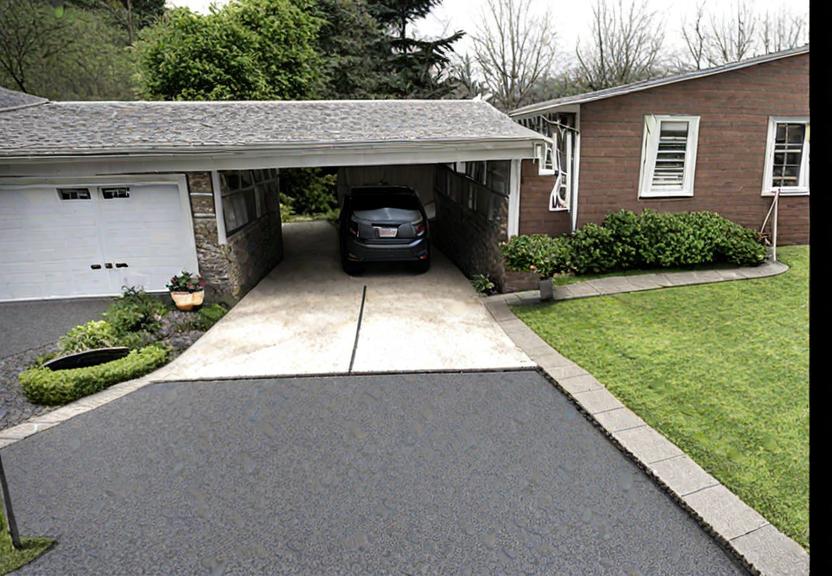When embarking on a construction project, be it a residential home, commercial building, or infrastructure development, the journey from concept to completion can be a complex and intricate one. One approach that has gained significant popularity in recent years is the design-build construction method. Unlike the traditional design-bid-build process, where the design and construction phases are separate, design-build combines both stages into a unified process. This streamlined approach offers numerous advantages, such as improved communication, faster project delivery, and cost efficiency. In this article, we’ll delve into the key steps involved in the design-build construction process, shedding light on how this innovative method works and why it’s becoming increasingly popular in the construction industry.
Table of Contents
Understanding Design-Build Construction
Before diving into the steps, it’s essential to grasp the fundamental concept of design-build construction. In a design-build project, a single entity, typically a design-build firm or a general contractor with in-house design capabilities, takes on both the design and construction responsibilities. This integrated approach fosters collaboration and teamwork, as designers and builders work together from project inception to completion. It’s this synergy that underpins the success of the design build construction method.
Step 1: Project Initiation
The journey begins with project initiation, where the client identifies the need for construction, outlines their goals, and establishes a preliminary budget. This is the stage where the client’s vision takes shape, and initial discussions about project feasibility and objectives occur. Key tasks in this step include:
- Selecting the Design-Build Team: The client chooses the design-build team, which may consist of an architect, engineers, contractors, and other specialists.
- Defining Project Goals: Clear and measurable project goals are established, including budget constraints, timelines, and quality standards.
- Feasibility Studies: Preliminary studies and assessments are conducted to determine if the project is viable, considering factors like site conditions and regulatory requirements.
Step 2: Conceptual Design
Once the design-build team is in place and project goals are established, the next step is conceptual design. In this phase, creative ideas are explored, and the project begins to take shape visually. Key activities include:
- Initial Design Concepts: Designers create sketches, drawings, and conceptual designs that align with the client’s vision and objectives.
- Budget Refinement: The initial budget is refined based on the conceptual design, allowing the client to assess costs in relation to design choices.
Step 3: Design Development
With the client’s feedback on the conceptual design, the project moves into the design development phase. This stage involves more detailed planning and further refinement of the design. Key tasks include:
- Detailed Drawings: Architects and engineers create detailed drawings and specifications that provide a comprehensive overview of the project.
- Cost Estimation: A more accurate cost estimate is prepared based on the refined design, helping the client make informed decisions regarding materials and finishes.
- Value Engineering: Design-build teams often engage in value engineering, where they seek cost-effective alternatives that maintain project quality.
Step 4: Pre-Construction Planning
Once the design is finalized and approved, the focus shifts to pre-construction planning. This stage is crucial for ensuring that all aspects of the project are well-coordinated before construction begins. Key activities include:
- Permitting and Approvals: Design-build teams secure the necessary permits and approvals from local authorities, ensuring compliance with building codes and regulations.
- Procurement: Materials, equipment, and subcontractors are selected and procured, with an emphasis on cost-effectiveness and quality.
- Construction Scheduling: A detailed construction schedule is developed, outlining the timeline for various phases of the project.
Step 5: Construction
With all preparations complete, it’s time to break ground and commence construction. The construction phase is where the project comes to life, and the design-build team’s expertise and coordination shine. Key aspects include:
- Site Preparation: The construction site is prepared, including excavation, grading, and site utilities.
- Building and Assembly: Skilled craftsmen and construction workers execute the project according to the approved plans, ensuring quality and safety.
- Quality Control: Stringent quality control measures are implemented to monitor workmanship and ensure compliance with design and industry standards.
Step 6: Post-Construction
Once construction is finished, the project isn’t quite complete. Post-construction activities are essential to ensure that everything meets the client’s expectations and standards. Key tasks include:
- Final Inspections: Regulatory inspections and quality checks are conducted to verify that the project meets all requirements.
- Client Walkthrough: The client performs a walkthrough to identify any issues or discrepancies that need attention.
Conclusion
In the realm of design build construction, success hinges on careful planning, collaboration, and a strong partnership between the client and the design-build team. By following the key steps outlined in this article, you’ll be well on your way to a successful design-build construction project that brings your vision to life efficiently and effectively.





